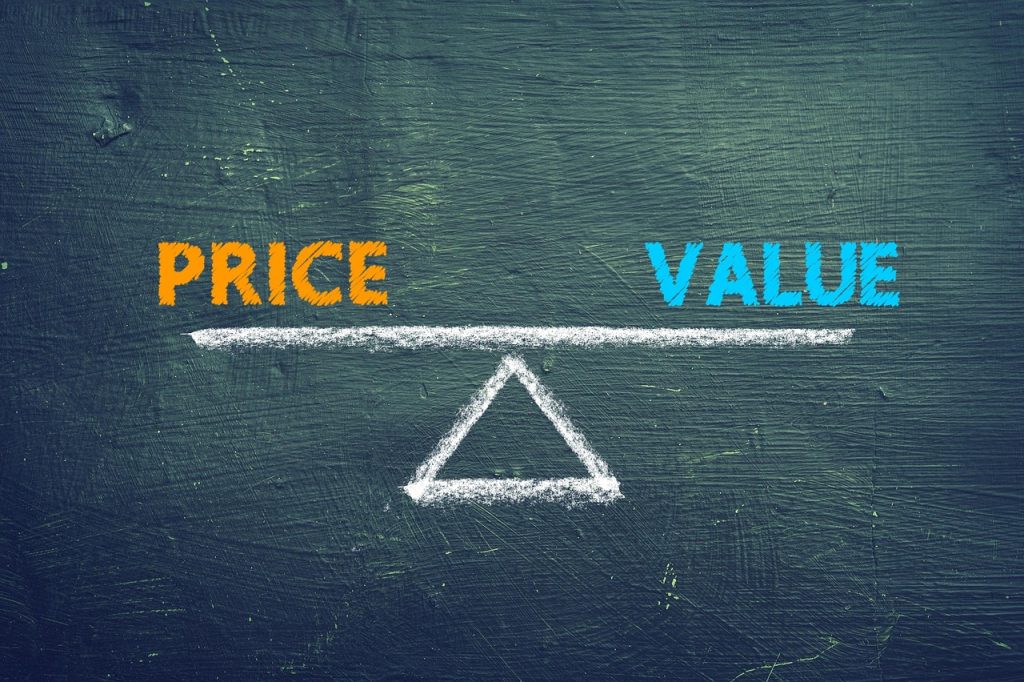How Do You Come Up with a Price?
It is About Solving the Dollar Value Problem
How do you price your business valuation engagement? What about a litigation support engagement? In this article, Rod Burkert discusses how to value your professional engagements.
Let’s talk pricing. Specifically, why do we struggle to price the value of a business valuation? Or a forensic accounting assignment? Or the mother of all unknowns, a litigation support project?
What makes, say, a $10,000 engagement worth $10,000? Let me give you two reasons why it is not worth $10,000.
- Your Hours Worked
It is not worth $10,000 if you base your price/client cost on the number of hours you estimate it will take to complete. When a mother gives birth, no one cares (for long) about the number of hours of labor, we just want to see the baby and count fingers and toes. If you are more effective and efficient than a colleague, your price will be lower; all other things equal. If you are less so, your price will be higher; all other things equal.
But the engagement is worth what it is worth regardless of your hours worked.
- Your Hourly Rate
It is not worth $10,000 if you base your price/client cost on your standard or effective (or desired) hourly rate. Question: Who decides your hourly rate? Answer: You do. Sure, you can argue that “the market” decides. But which market, exactly, are you talking about?
- The market for where you practice?
- The market for your years of experience?
- The market for the type of service rendered?
- The market for where the work will be performed?
But the engagement is worth what it is worth regardless of your hourly rate.
So, if it is not the hours or the rate, what is it? What makes the price/client cost of a valuation equal to its value?
The Value of the Problem
Now I am not saying hours and hourly rates will not influence your price. But hours times rate is a price, not a value; and we should know the difference. And it is up to you to devise and communicate the value of the problem you are solving and reflect that in your pricing.
If your client has a $1 million dollar problem, your $10,000 fee is a no-brainer. But it is up to you to demonstrate (or confirm) to the client that s/he has a $1 million dollar problem.
Here is a stretch example, as in ok, Rod, I get it, but it is a stretch. Your next client also has a $1 million dollar problem. Your hourly rate is $300. And you solve the problem in five hours because of your on-point knowledge/experience/resources. Will you only charge $1,500?
Because you cannot say hours times rate equals $10,000 to the first client and not say hours times rate equals $1,500 to the second client. And really, neither fee is priced correctly in those two scenarios.
One more example. It will be a tough sell if your client has a $10,000 problem and your hours times rate equals $10,000.
So What
You are writing an engagement letter. You determine the scope of the work based on a discussion with the client (and face it, many times we are telling the client what we believe they need) and then you price it out.
What if, instead, you had a conversation with the client to determine the value of the problem? Then lead with the value of the problem you are solving, not with your cost to do the work.
Our fees should be based on the value our client receives (the pain relieved). We need to get comfortable with some projects that yield $1,000 an hour and those that yield $100. And position ourselves to get more of the former and less of the latter!
Here is an idea for a marketing tagline: I solve million-dollar problems.
Note also that the same service could have different values to different clients. That is why one of the mantras of value pricing experts is to price the client, not the service. Otherwise, you will be leading with $10,000 as the price for the client with the $1 million problem and the client with the $10,000 problem if both require the same amount of time.
In Real Life
We have little or no reality check for our fees, just anecdotal evidence we have gathered about what someone else charges or what “the market” will bear (and distorted by confirmation bias). We have to offer our clients something better.
I help BVFLS professionals turn the practices they have into the practices they want—by focusing on strategies and tactics to help them better market, sell, and deliver their services—with an assist from AI. If you want some help with that, e-mail me at rod@rodburkert.com.










